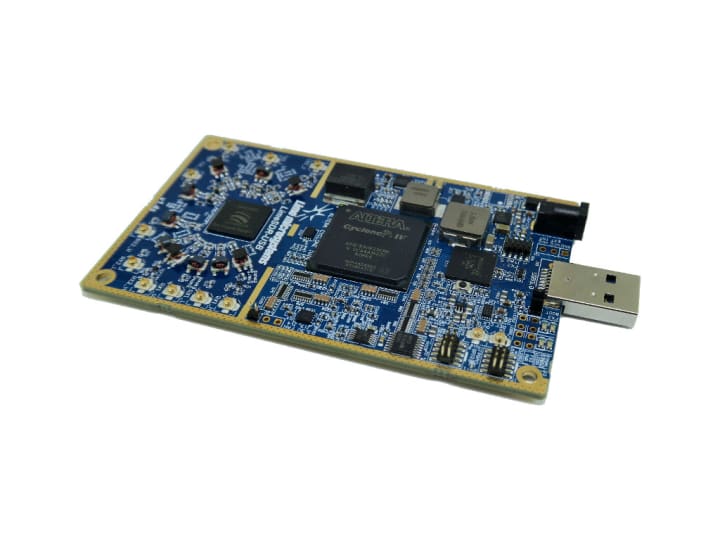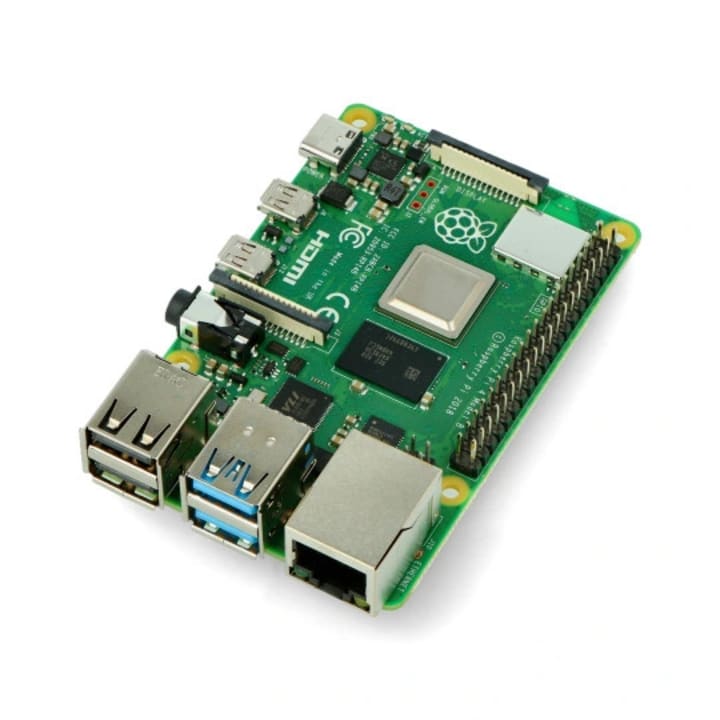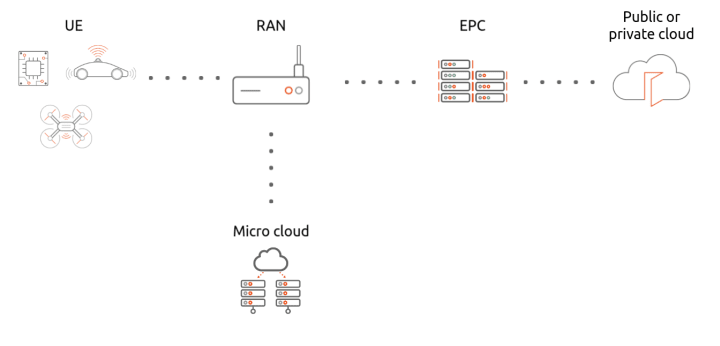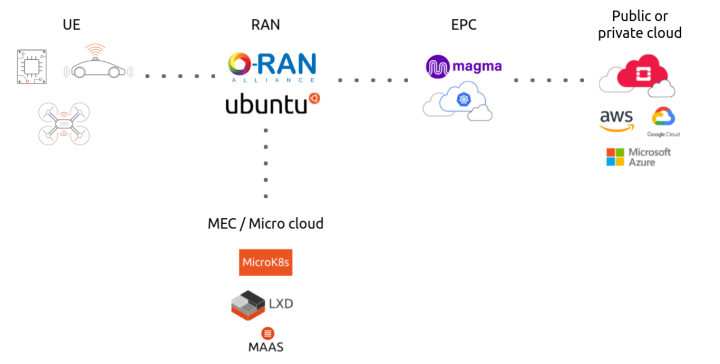It’s so easy these days to set-up your own WiFi network. You order a router online, plug it into the electrical socket, define a password and you’re good to go. WiFi is fast, reliable and easy to use. But if you want to cover a wider area or connect hundreds of small devices it quickly becomes inefficient and expensive. Is the only way to go to your local mobile network operator and sign a contract? No! Thanks to open source technology, you can build your own LTE or 5G network.
Why would I build a private mobile network?
Mobile technologies like LTE or 5G give your private network great capabilities. You can cover huge areas with a small amount of equipment. Also, choosing the right frequency, you can achieve great performance through walls or underground. Mobile networks are much more secure than WiFi. Not to mention, it enables you to now get all power and features only carriers had, like location tracking of user equipment (UE) with sub 1 meter accuracy or advanced signalling and telemetry.
How can I start building open source mobile networks?
You might be scared of high upfront costs required to start building an LTE or 5G network. Fortunately, it’s not that bad. The minimum starting toolkit would be LimeSDR mini and a Raspberry Pi 4. Total cost of this is below 300$ (assuming that you already have a mobile phone…)!
If you want to play with more advanced features like Carrier Aggregation, achieve top speed and connect hundreds of IoT devices, you would need to spend around 10k$ for Ettus x310 and some decent X86 server for compute. As a software stack I can recommend Ubuntu + srsRAN https://github.com/srsran/srsRAN.
Enterprise use-cases for private mobile networks
Many companies need secure, fast and automated networks for their data and voice use-cases, which are able to cover large areas, be reliable inside buildings or an underground tunnel.
Private LTE and 5G networks meet this need, and if they are based on open technologies also provide great price performance. They are implemented across many industries:
- Campuses – university, hospital or a big office. All of them have huge numbers of people and devices requiring connectivity. Private mobile networks provide cost efficiency and great learning opportunities for universities.
- Oil & gas – these are harsh environments, full of industrial IoT, operating underground and requiring reliability and security provided by LTE and 5G.
- Public sector – smart cities, museums, stadiums or public transportation.
- Military – private 5G networks are key in modern, connected military operations. Situational awareness from sensors and drones is a force multiplier. However, it requires performance and security that only the latest mobile technology can deliver.
- Manufacturing – Mercedes Benz and Bosh already track production lines and optimize their manufacturing processes using private 5G networks and MEC. Decisions must be made fast, and on the spot. Sending data to the public cloud is too slow and local micro clouds show much better results in such use cases.
How to build an enterprise grade private mobile network
Basic schematics of a private LTE or 5G network would look like this:
- User equipment – this is anything from a mobile phone, to IoT devices, drones or self driving vehicles.
- Radio Access Network – this is a part containing the base station, antennas and L1/L2 processing.
- Evolved packet core – a framework for providing converged voice and data on LTE
- Micro cloud – a new class of infrastructure for on-demand computing at the edge
A working open source implementation of such a network would be:
- OpenRAN for disaggregated, and open radio access network, running RIC, RU, CU and DU on Ubuntu operating system
- Magma core providing state of the art EPC, with Federation Gateway and Access Gateway (since 1.15 migrated to Ubuntu)
- Charmed Kubernetes to provide container infrastructure for RAN and EPC
- Charmed OpenStack, providing easy to operate, telco grade private cloud
- Combination of MAAS, LXD and MicroK8s which build state of the art micro cloud allowing you to run your edge applications as VMs, containers, bare metal and providing all EPA features like DPDK, SR-IOV or NVIDIA GPU acceleration
Where can I find more information on private LTE/5G networks?
Join the OpenRAN and Magma communities
Join discussions and ask questions on discourse
Reach out to me directly on twitter






